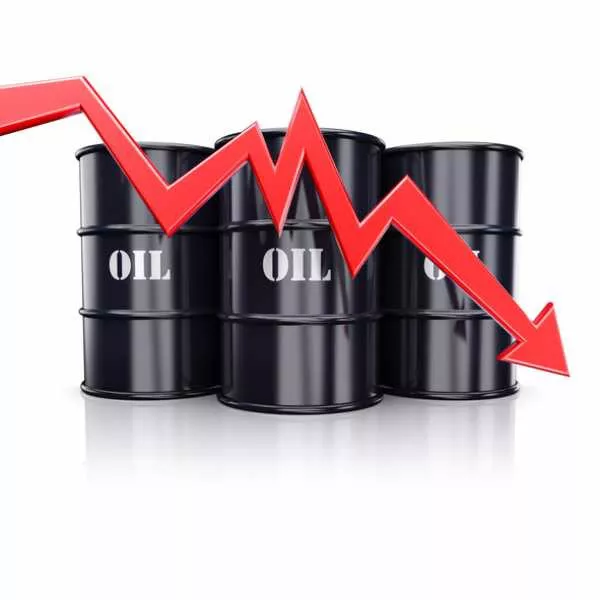Oil prices experienced an upward surge, propelled by escalating geopolitical tensions in the Middle East, which overshadowed a projection from the International Energy Agency indicating a slowdown in demand.
Brent crude futures closed 61 cents higher, representing a 0.74% increase, at $83.47 per barrel. Concurrently, U.S. West Texas Intermediate crude settled $1.16, a 1.49% rise, concluding at $79.19, as the March contract neared expiration on Tuesday. The April contract also saw an increase of 87 cents, reaching $78.46.
Over the week, Brent demonstrated a gain of over 1%, while the U.S. benchmark experienced a rise of approximately 3%.
The heightened potential for a broader conflict in the Middle East acted as a driving force behind the surge in crude prices. On Thursday, Hezbollah reported launching numerous rockets at a northern Israeli town in a “preliminary response” to the killing of 10 civilians in southern Lebanon, marking the deadliest day for Lebanese civilians in four months of cross-border hostilities.
Despite these developments, the oil market’s response to Middle East news was described as moderate by Giovanni Staunovo, an analyst at UBS, who noted, “The market sees oil still flowing, and disruptions have been small.”
In the midst of Israel’s conflict with Islamist group Hamas, where warplanes struck Rafah, the last refuge for Palestinians in the enclave, Gaza’s largest functioning hospital found itself under siege.
Additional threats emerged in the Red Sea as a missile fired from Yemen hit an India-bound tanker carrying crude oil.
While U.S. producer prices experienced a higher-than-expected increase in January due to robust gains in the costs of services, a decline in retail sales fueled hopes that the Federal Reserve might initiate rate cuts, potentially supporting oil demand.
Hiroyuki Kikukawa, president of NS Trading, a unit of Nissan Securities, commented on the situation, saying, “Hopes for U.S. rate cuts provided support on Thursday, but investors are now adjusting their positions ahead of a long (holiday) weekend in the U.S.”
The International Energy Agency (IEA) acknowledged a loss of momentum in global oil demand growth and revised its 2024 growth forecast downward. The agency anticipates a deceleration to 1.22 million barrels per day (bpd) in 2024, approximately half of the growth observed in the previous year. This adjustment is attributed, in part, to a significant slowdown in Chinese consumption. The IEA had initially forecasted 1.24 million bpd in demand growth for 2024.
Contrary to the IEA’s outlook, the Organization of the Petroleum Exporting Countries (OPEC) expects oil consumption to continue rising over the next two decades.
In the U.S., energy firms reduced the number of oil and natural gas rigs in operation for the second time in three weeks, as reported by energy services firm Baker Hughes in its closely followed report.


